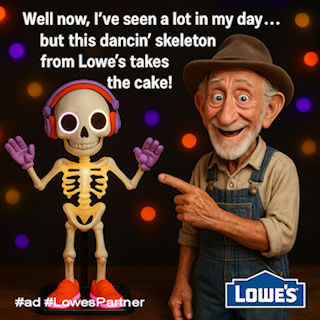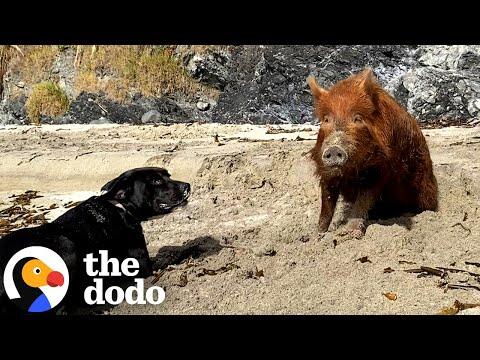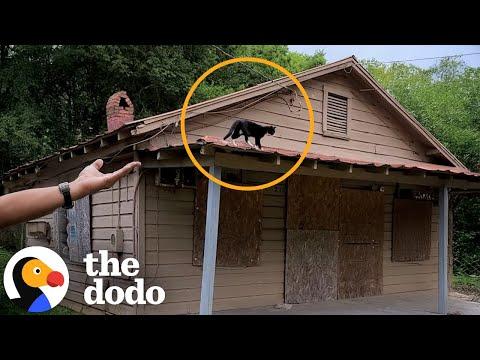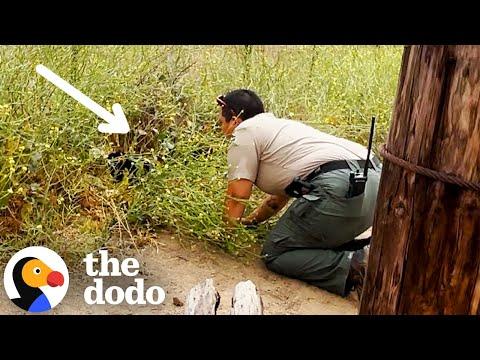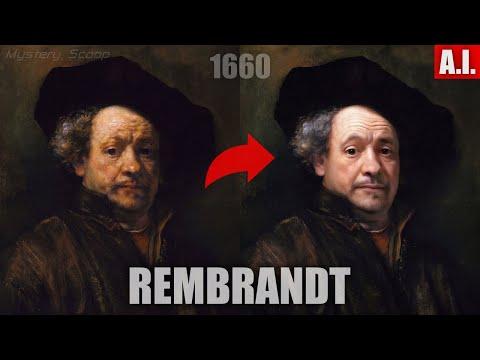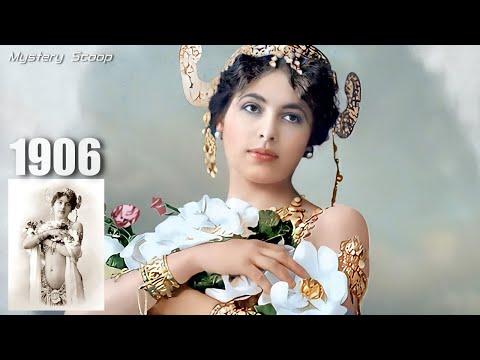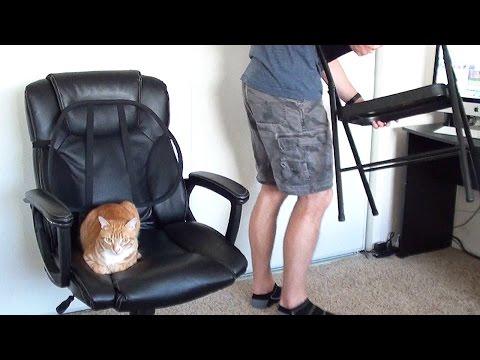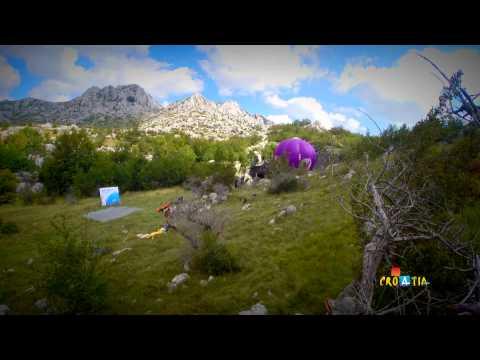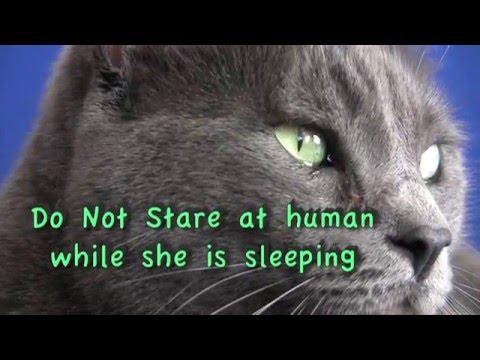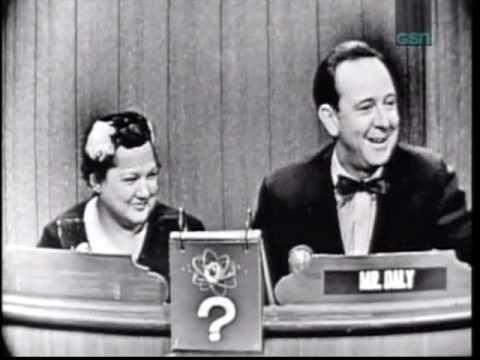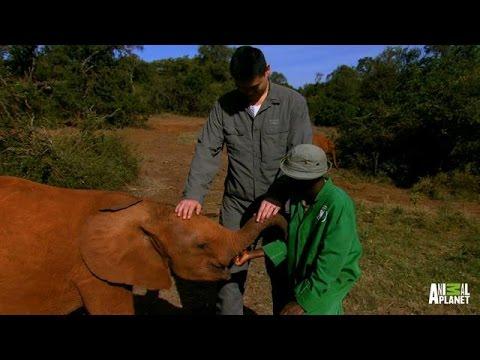Description
Ernest Hemingway, 1918, World War I (Red Cross)
The photo has been digitally manipulated and brought to life using AI technology. Image has been enhanced, colorized and facial motion added (including smiling, ageing etc.), using AI tools. This video is part of a series where historical figures are brought to life using AI technology.
Image colorization by Lorenzo Folli:
https://www.instagram.com/lori.follar...
Nobel Prize winner Ernest Hemingway is seen as one of the great American 20th century novelists, and is known for works like "The Sun Also Rises", "A Farewell to Arms", "For Whom the Bell Tolls", "The Old Man and the Sea.", etc.
Ernest Miller Hemingway (July 21, 1899 – July 2, 1961) was an American novelist, short-story writer, journalist, and sportsman. His economical and understated style—which he termed the iceberg theory—had a strong influence on 20th-century fiction, while his adventurous lifestyle and his public image brought him admiration from later generations. Hemingway produced most of his work between the mid-1920s and the mid-1950s, and he was awarded the 1954 Nobel Prize in Literature. He published seven novels, six short-story collections, and two nonfiction works. Three of his novels, four short-story collections, and three nonfiction works were published posthumously. Many of his works are considered classics of American literature.
In December 1917, after being rejected by the U.S. Army for poor eyesight, Hemingway responded to a Red Cross recruitment effort and signed on to be an ambulance driver in Italy. In May 1918, he sailed from New York, and arrived in Paris as the city was under bombardment from German artillery. That June he arrived at the Italian Front.
On July 8, he was seriously wounded by mortar fire, having just returned from the canteen bringing chocolate and cigarettes for the men at the front line. Despite his wounds, Hemingway assisted Italian soldiers to safety, for which he was decorated with the Italian War Merit Cross, the Croce al Merito di Guerra. He was still only 18 at the time. Hemingway later said of the incident: "When you go to war as a boy you have a great illusion of immortality. Other people get killed; not you ... Then when you are badly wounded the first time you lose that illusion and you know it can happen to you." He spent six months at the hospital, where he met and formed a strong friendship with "Chink" Dorman-Smith that lasted for decades and shared a room with future American foreign service officer, ambassador, and author Henry Serrano Villard.
While recuperating he fell in love with Agnes von Kurowsky, a Red Cross nurse seven years his senior. When Hemingway returned to the United States in January 1919, he believed Agnes would join him within months and the two would marry. Instead, he received a letter in March with her announcement that she was engaged to an Italian officer. Biographer Jeffrey Meyers writes Agnes's rejection devastated and scarred the young man; in future relationships, Hemingway followed a pattern of abandoning a wife before she abandoned him.
Ernest Hemingway committed suicide at the age of 61.
---



